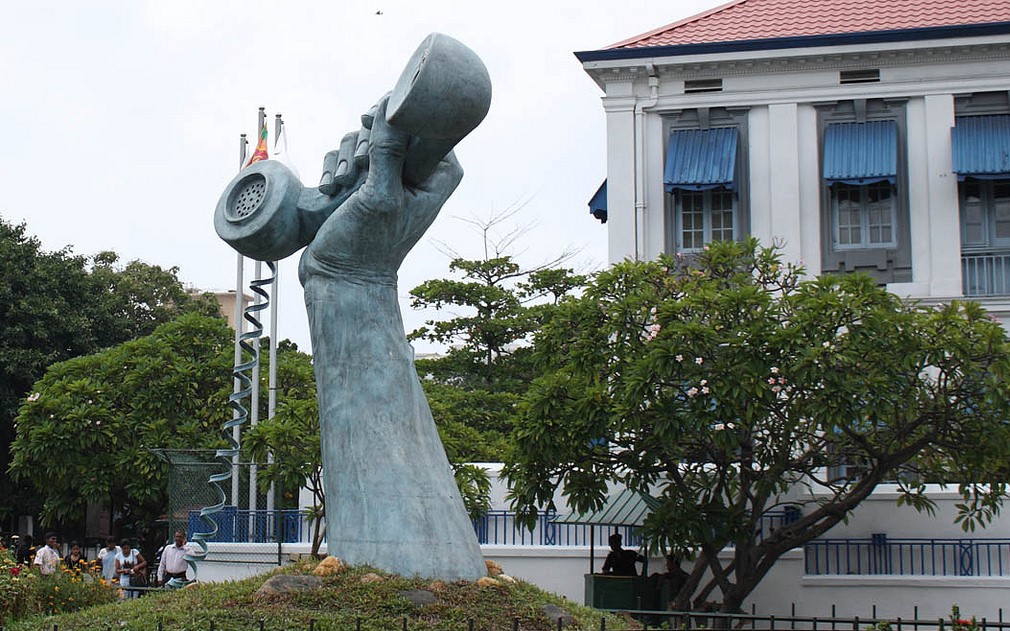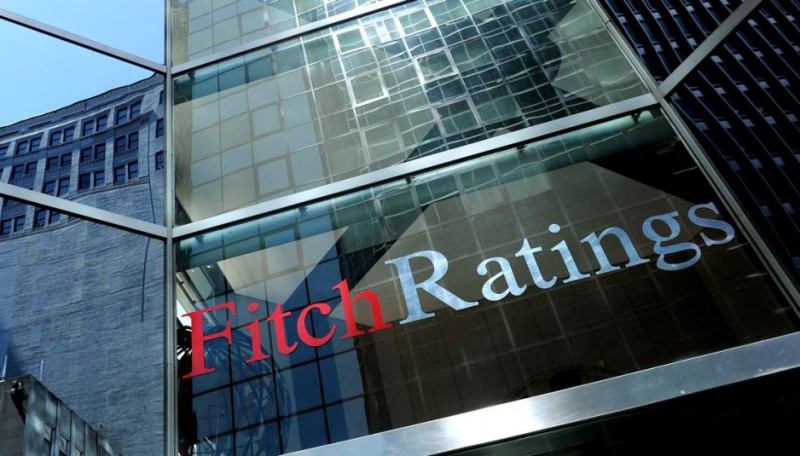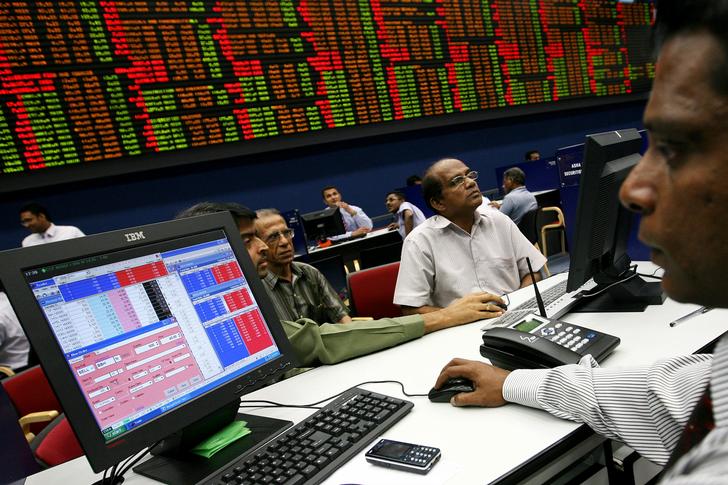
Another month recently whizzed past us, and it’s time again for our monthly update on the stock market.
February of 2016 was a comparatively sleepy month for the CSE. The biggest jolt came in the form of Fitch Ratings downgrading Sri Lanka’s rating by a notch, but even that news broke only on the last day of the month, after the local markets had closed. Thus, it won’t make much sense to include it in this update. But we’ll definitely talk about it in our next one.
With the fine print dealt with, let’s now have a look at what went on in the stock market during a month which has come to be known mostly for its 14th day.
- Both indices of the CSE, the ASPI and the S&P SL20 continued their slide. In absolute terms, the ASPI shed around 150 points in February, while the S&P SL20 shed around 52 points. The decline in percentage terms is 2.34% and 1.59% respectively.
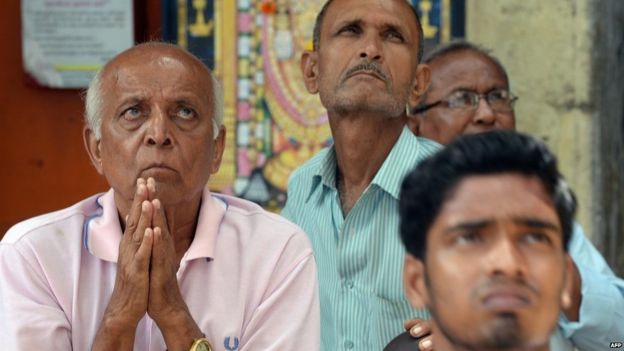
A group of men closely watching the stock market in Mumbai, India. Image Credit: BBC
Even the average daily turnover amounted to around Rs. 670 million during the month. That’s a dip of around 10% compared to January, which saw a daily average turnover of around Rs. 748 million. Around the same time last year (February 2015), the CSE saw an average daily turnover of around Rs. 1.4 billion.
- Obviously, the decline in prices (and therefore, valuations) brought down the market’s Price-to-Earnings ratio to 16.2x. The flip side of this is that the dividend yield improved to 2.42%.
- Here’s where things get interesting. While local investors were busy fleeing the market, foreign investors and local institutional investors went shopping.
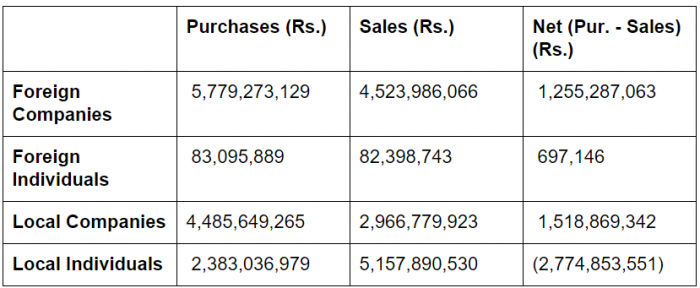
CSE Purchases and Sales, February 2016
We did mention last month that Foreign Institutional Investors (FIIs) had been net sellers of Sri Lankan equities. This trend reversed itself in February, simply because lower prices signify better deals for serious investors, a group to which FIIs definitely belong to. FIIs seem to be thinking along similar lines as Local Institutional Investors, who have been busy buying up shares.
Now look at the last row in that table.
On a net basis, local individuals sold shares worth around 2.7 billion rupees. That is roughly a 5 fold increase compared to January, in which the net sales figure stood at Rs. 528 million.
This behaviour was likely driven by the local political situation. There are two reasons for saying so. One, remember that Sri Lankan politics in February revolved around the ETCA and the IMF loan. Two, as a general rule, emotions play a relatively far larger part in determining the decisions of individual investors compared to institutional investors. Put two and two together and… Bingo!
And with that, it is time for us to close the chapter on another month, which basically whizzed past us like a bouncer from Malinga.
Salut!
The comments, opinions and analyses presented herein are for informational purposes only and should not be considered individual investment advice or recommendations to invest in any security or to adopt any investment strategy. Always seek independent advice.
Cover image courtesy: detroitblackmba.org


